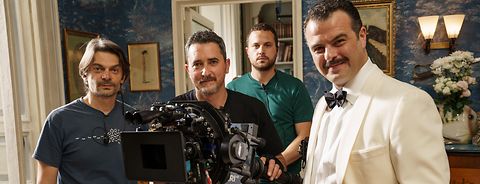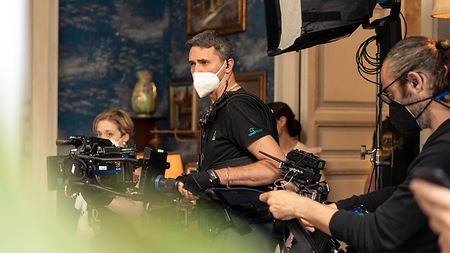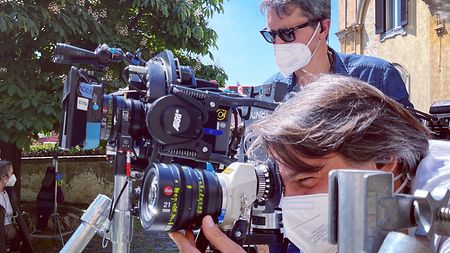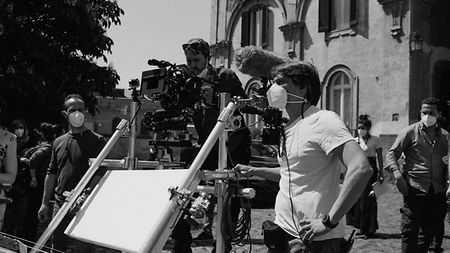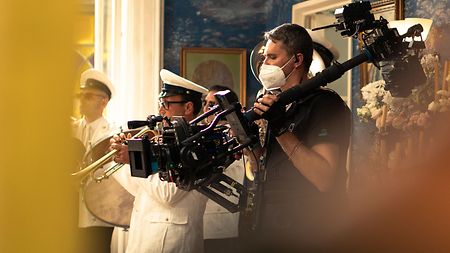“The choice of TRINITY is part of a path of linguistic research I've been pursuing for years. We have at our disposal agile tools that allow us to create stable frames and sublimate the use of the camera.” These are the words of director Edoardo De Angelis, who chose to use the ARRI TRINITY stabilizer for almost all the shooting of “Non ti pago,” the second film in his Edwardian trilogy after “Natale in casa Cupiello,” shot with ALEXA Mini cameras and lit with SkyPanel LED lights.
What convinced you to work with TRINITY?
Over the years I've used Movi and then Ronin stabilizers, but this time I chose the ARRI TRINITY because it meets the need to shoot long takes of dialogue with micro-movements linked to the actors' movements. TRINITY encourages this and leaves the image clean. It's rare that the camera movement doesn't determine the movement of the actors, but for me this is important and TRINITY is perfectly suited to that, in fact I would like to see it used more often. Every film is unique, but in this case the tool was perfect.
